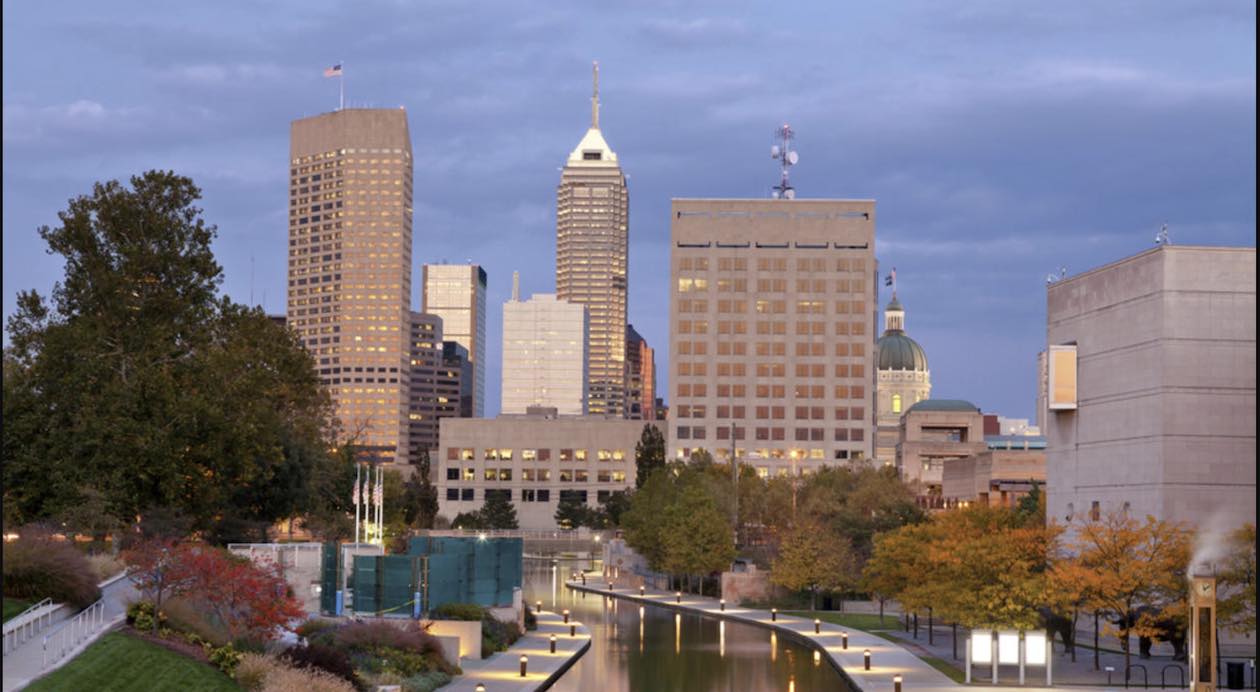The world of air travel is a bustling network of terminals, runways, and destinations that connect people from all walks of life. In the United States, certain airports stand out as veritable hubs of activity, handling millions of passengers annually. Below, we’ll explore the top 5 busiest airports in the U.S., delving into what makes each one a dynamic epicenter of air travel.
What Are The Busiest Airports In The U.S.?
The top 5 busiest airports in the U.S. not only serve as critical transportation hubs but also offer a glimpse into the diverse landscapes, cultures, and experiences that air travel encompasses. Whether you’re catching a connecting flight or embarking on a new adventure, these airports play a pivotal role in connecting the world.
Check out the busiest airports in America below.
- Atlanta (ATL) — 93.6 million passengers
- Dallas Fort-Worth (DFW) — 73.3 million passengers
- Denver (DEN) — 69.2 million passengers
- O’Hare (ORD) — 68.3 million passengers
- Los Angeles (LAX) — 65.9 million passengers
1. Atlanta (ATL) — 93.6 Million Passengers
Hartsfield-Jackson Atlanta International Airport, known by its airport code ATL, proudly wears the crown as the busiest airport in the U.S. and the world. Its vast terminal complex and efficient operations have made it a vital transportation hub.
Atlanta’s strategic location as a major connecting point between North America, Europe, and Africa contributes to its high passenger traffic. Airlines often choose ATL as a central point for layovers and connecting flights.
Hartsfield-Jackson is home to an extensive art collection, including sculptures and paintings, providing travelers with a unique cultural experience. The airport’s efficient people-mover system, the Plane Train, shuttles passengers between terminals with remarkable speed.
2. Dallas Fort Worth (DFW) — 73.3 Million Passengers
Dallas Fort-Worth International Airport, or DFW, is a sprawling hub in the heart of Texas, known for its size and capacity. It serves as a major gateway for international and domestic travelers.
DFW’s central location in the country, coupled with its extensive route network, makes it a popular choice for travelers. It’s a key hub for American Airlines, contributing to its prominence in passenger traffic.
With an area larger than the island of Manhattan, DFW boasts a wide range of amenities, from gardens and art installations to a Skylink people mover. The airport’s commitment to sustainability is evident in its efforts to reduce environmental impact.
3. Denver (DEN) — 69.2 Million Passengers
Denver International Airport, or DEN, stands out for its distinctive architecture and serves as a major gateway to the Rocky Mountain region.
DEN’s strategic location in the western United States, combined with its reputation for efficiency and modern facilities, makes it a preferred choice for travelers heading to and from the region.
The airport’s iconic tent-like roof is not only an architectural marvel but also serves a functional purpose, allowing natural light to flood the terminal. DEN is home to an extensive public art program, with sculptures and installations scattered throughout the airport.
4. O’Hare (ORD) — 68.3 Million Passengers
O’Hare International Airport, with the airport code ORD, is a major hub situated in Chicago, known for its extensive flight options and diverse array of international carriers.
As a key connecting point between North America and the rest of the world, O’Hare draws passengers seeking efficient connections and a wide range of destinations. It is a hub for both domestic and international flights.
O’Hare is one of the world’s busiest airports in terms of aircraft movements. The airport has a fascinating history, with its name honoring Edward “Butch” O’Hare, a World War II flying ace and Medal of Honor recipient.
5. Los Angeles (LAX) — 65.9 Million Passengers
Los Angeles International Airport, or LAX, is synonymous with the glamour of Hollywood and serves as a major gateway to the West Coast.
LAX’s strategic location in Southern California, combined with its status as a key hub for transpacific flights, makes it a popular choice for travelers to and from Asia. The airport is a major hub for multiple domestic and international airlines.
LAX is known for its unique architectural theme in each terminal, providing passengers with a diverse visual experience. The airport is a favorite among celebrities, and its iconic Theme Building is a recognizable symbol of aviation in Los Angeles.





